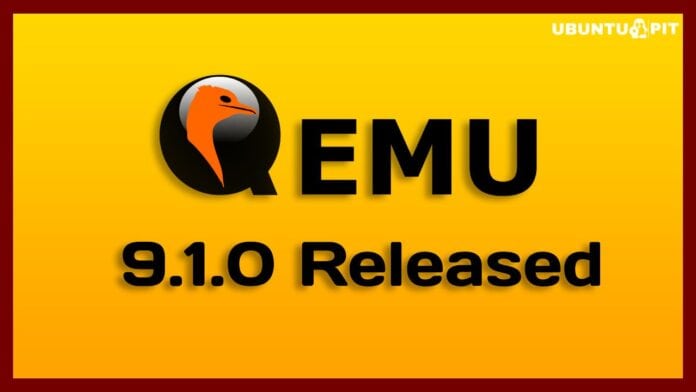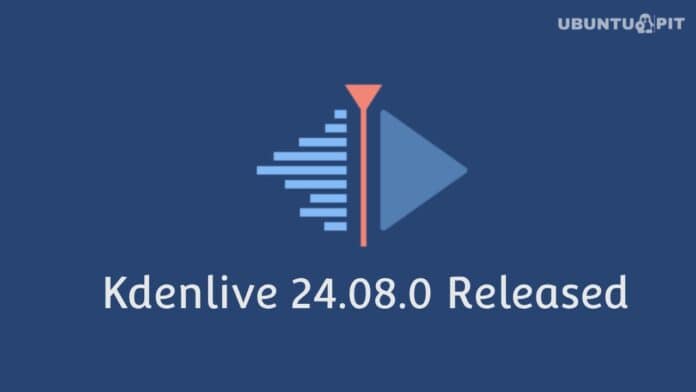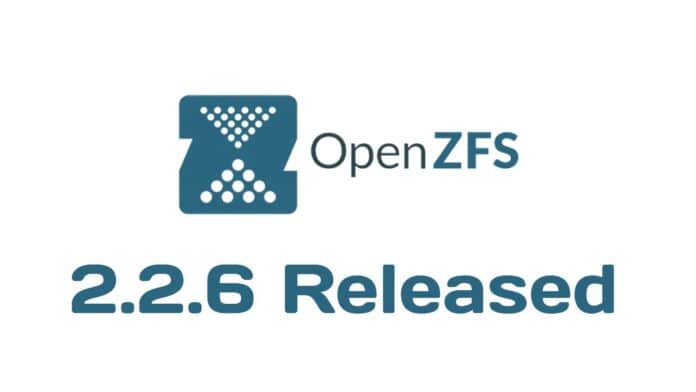On 3rd September 2024, QEMU 9.1.0 was released with many changes and new features.
9.1.0 QEMU dropped the Nios II target, rdmacm-mux helper, and the pvrdma device. The virtio-blk devices scsi utility drops with the update. Now, you can replace it with the virtio-scsi.
QEMU update has improved offload support for compression through UADK (User Space Accelerator Development Kit) or IAA (Intel In-Memory Analytics Accelerator). The update has RISC-V for improved debug support and SPARC for emulation support in different architectures like FMAF, VIS4, and IMA.
This QEMU 9.1.0 enables the x86 to run an AMD SEV-SNP guest, and the update of x86 also provides CPU emulation for SierraForest and Icelake-Server-v7.
This version has the LoongArch update for better debug support and this additional capability to directly boot the ELF kernel, running 256 vCPU through Peter Virtue.
Compression migration, along with block migration, which used to migrate commands, have now been dropped. You can now use libvirt to migrate commands, whereas multifid has to be used for compression.
RISC-V supports Zimop, Zve32x, Zama16b, Zawrs, Zve64x, and many more. There’s improvement in ARM in this update, which also supports emulation architectures like FEAT_CSV2_3, FEAT_NMI, FEAT_Spec_FPACC, etc.
This ARM has nested page table support for the emulated SMMUv3 and xilinx_zynq board support for different CPUs.
Finally, QEMU 9.1.0 supports many different commands, like guest-network-get-route on Linux and guest-ssh-* on Windows, with improved CLI support for configuration.
This update mainly provides multiple security fixes and patches for NBD TLS encryption and the QEMU NBD server.
If you want detailed information about the new QEMU update, you can check the official release notes.


